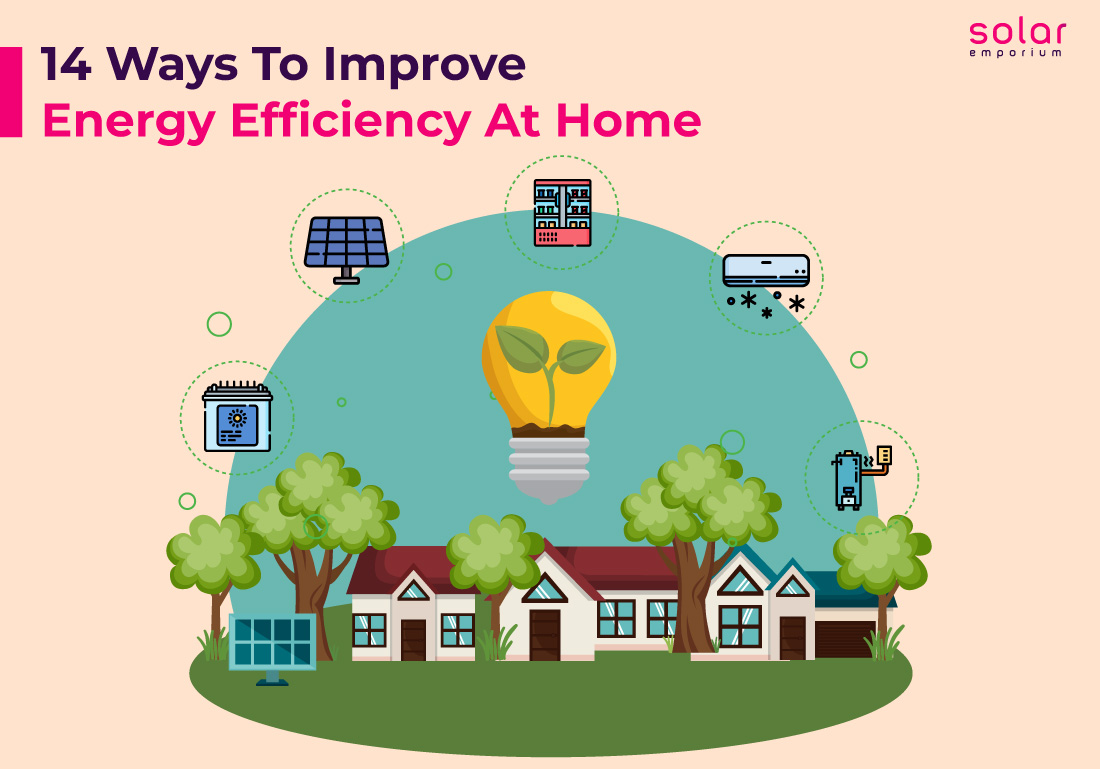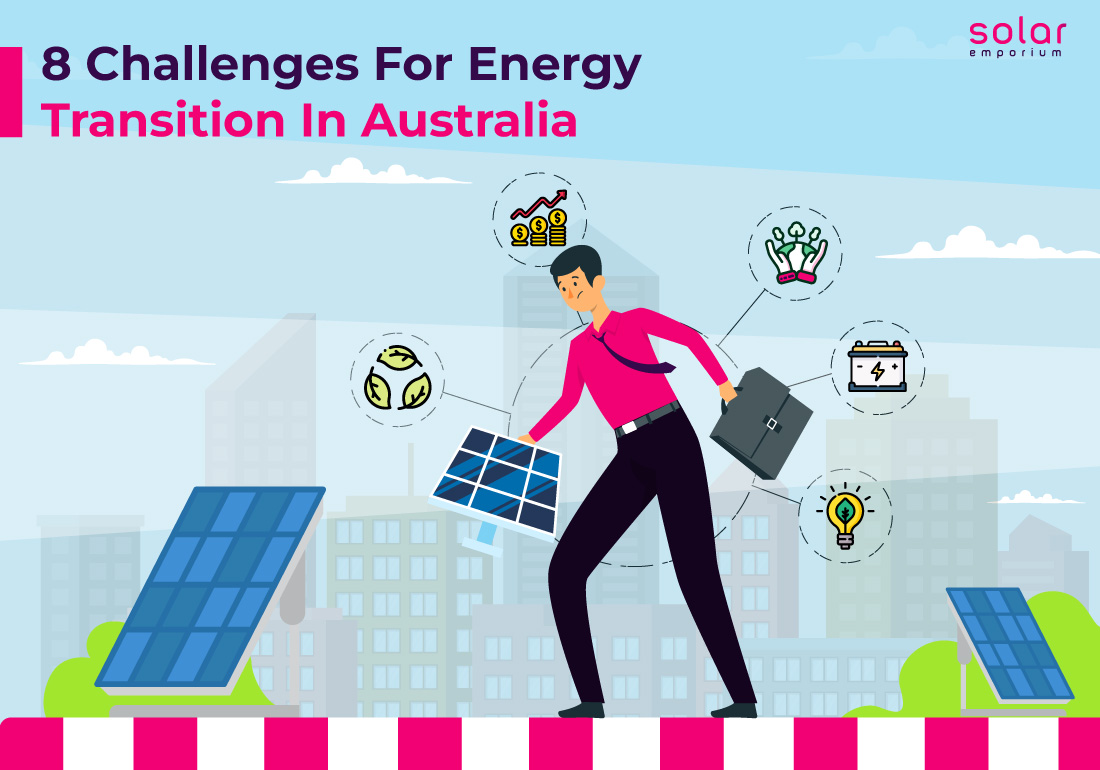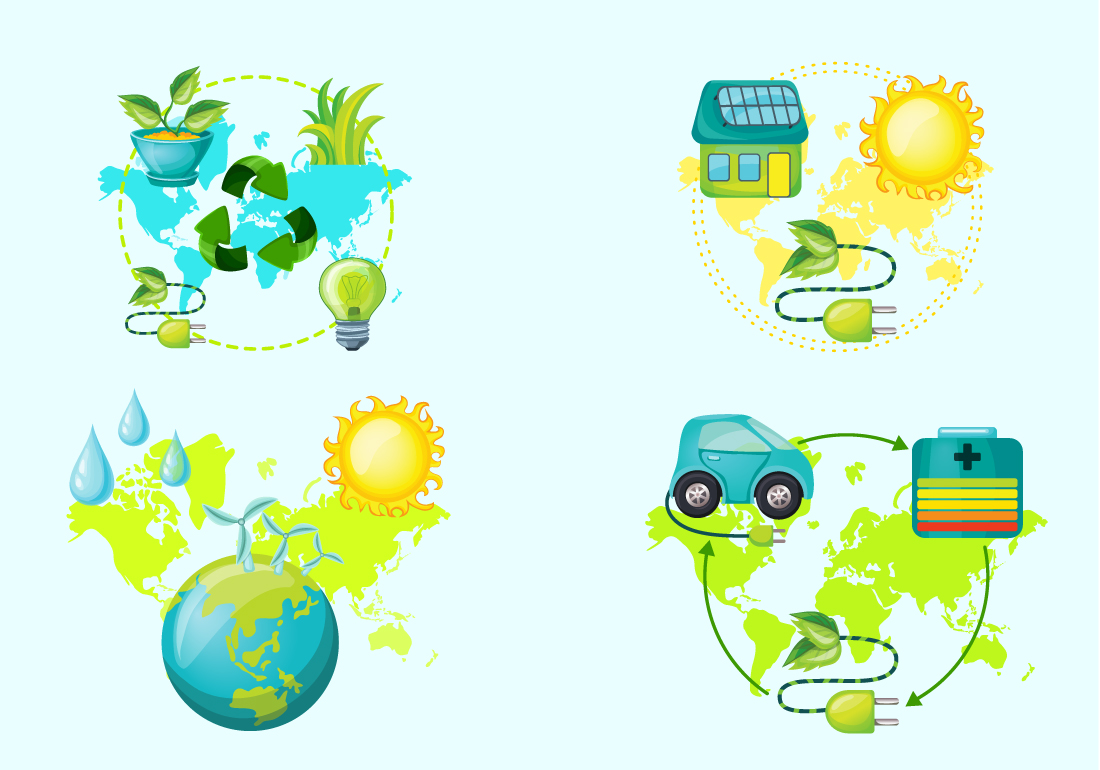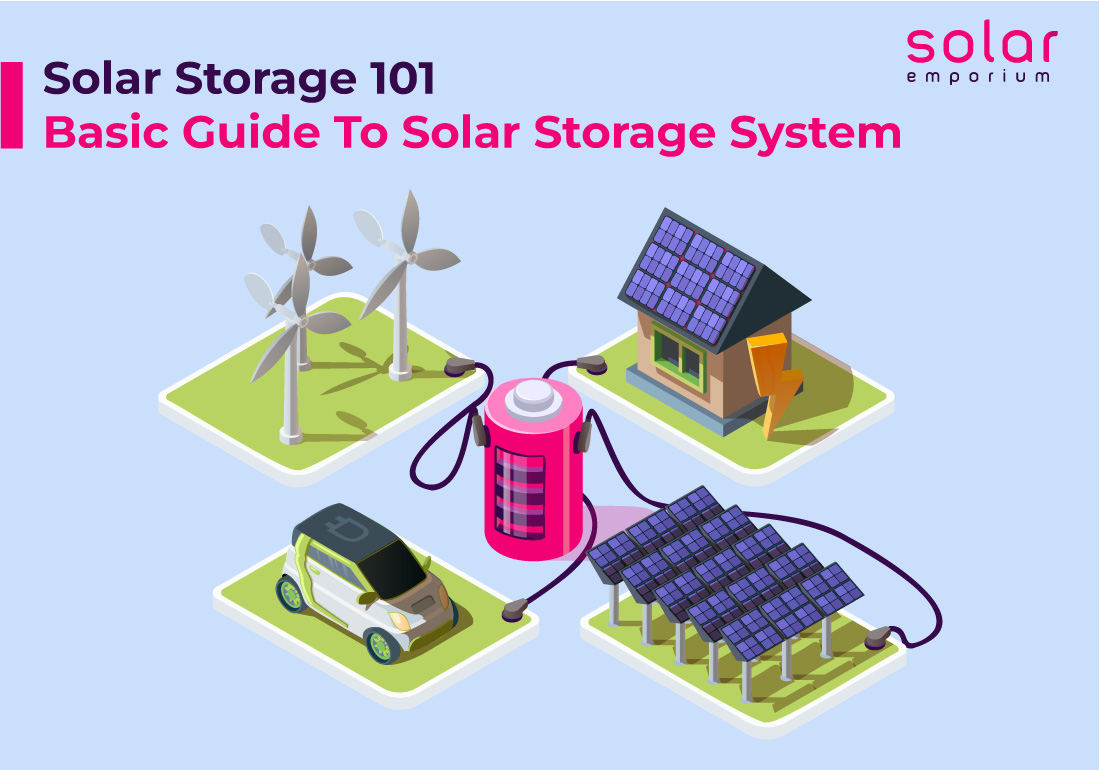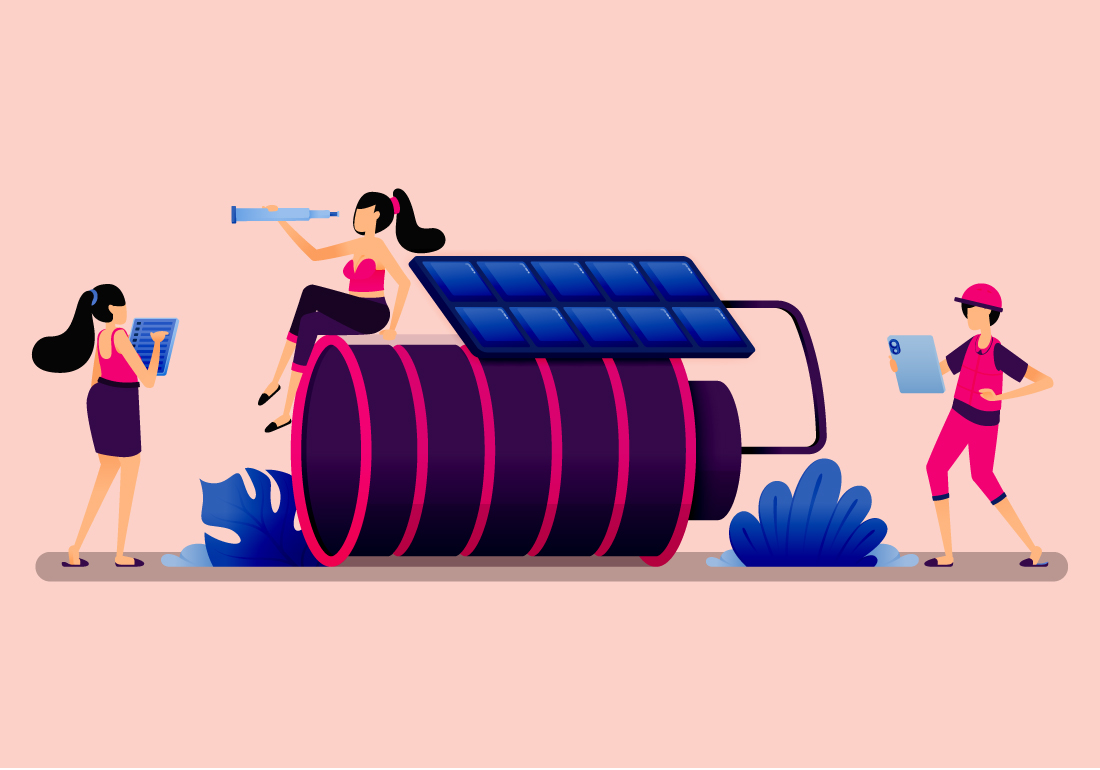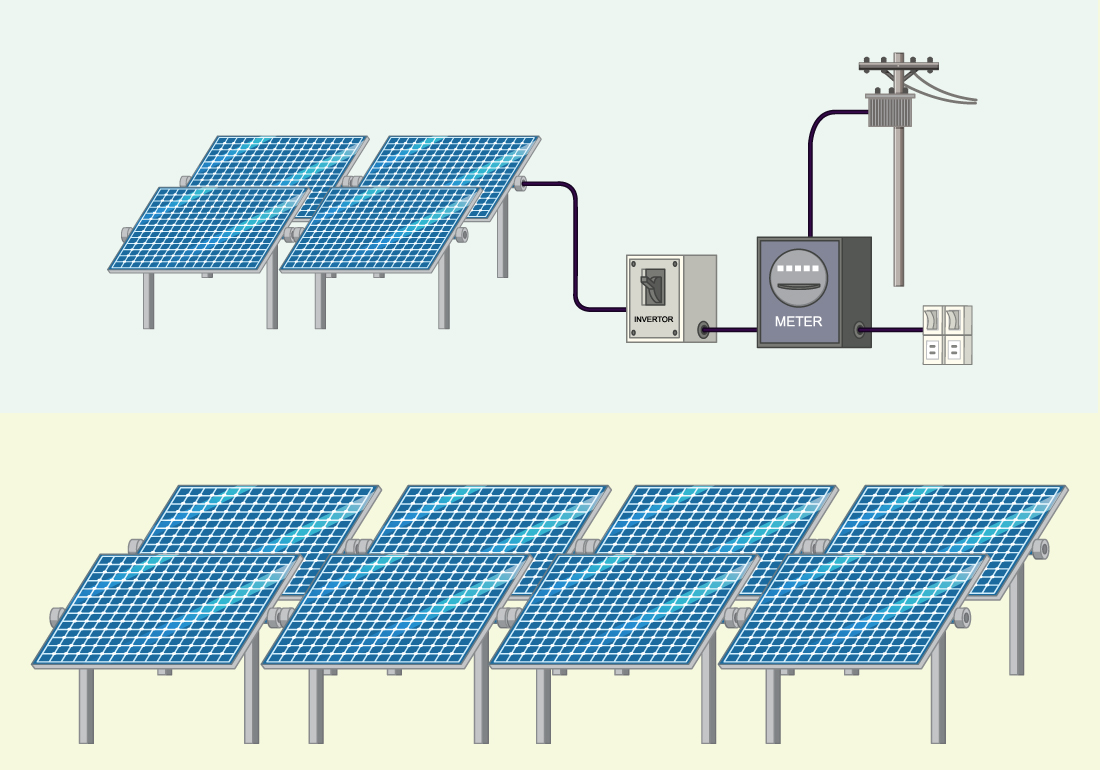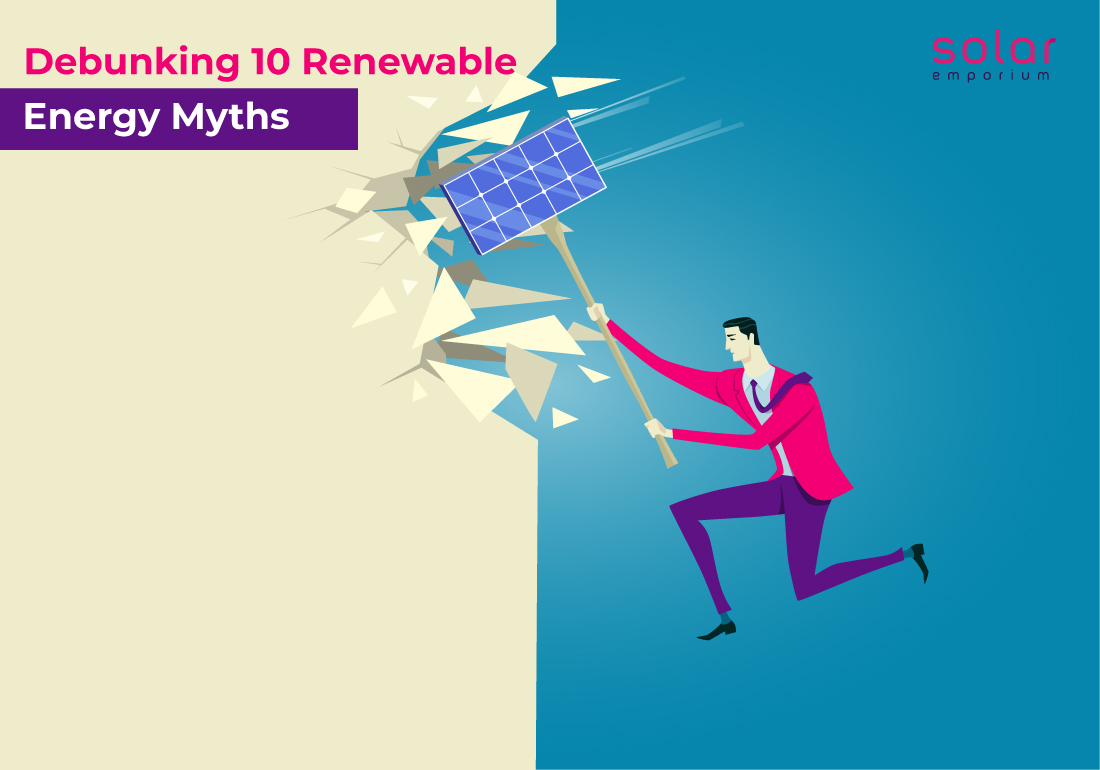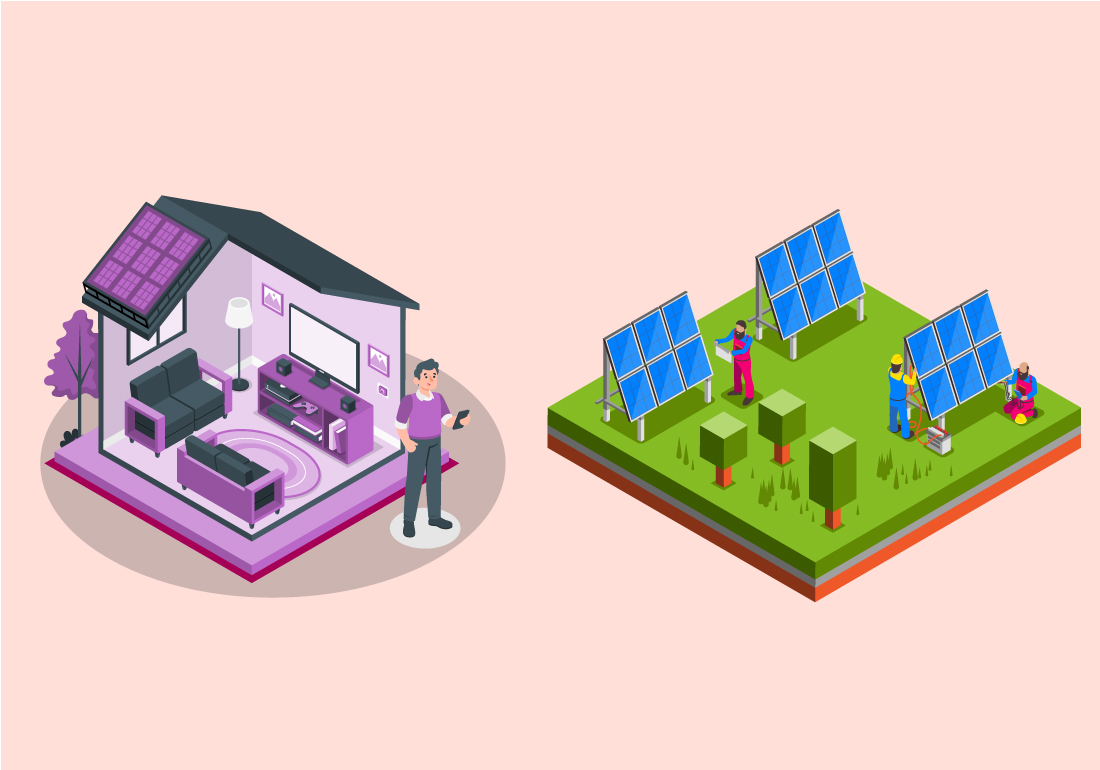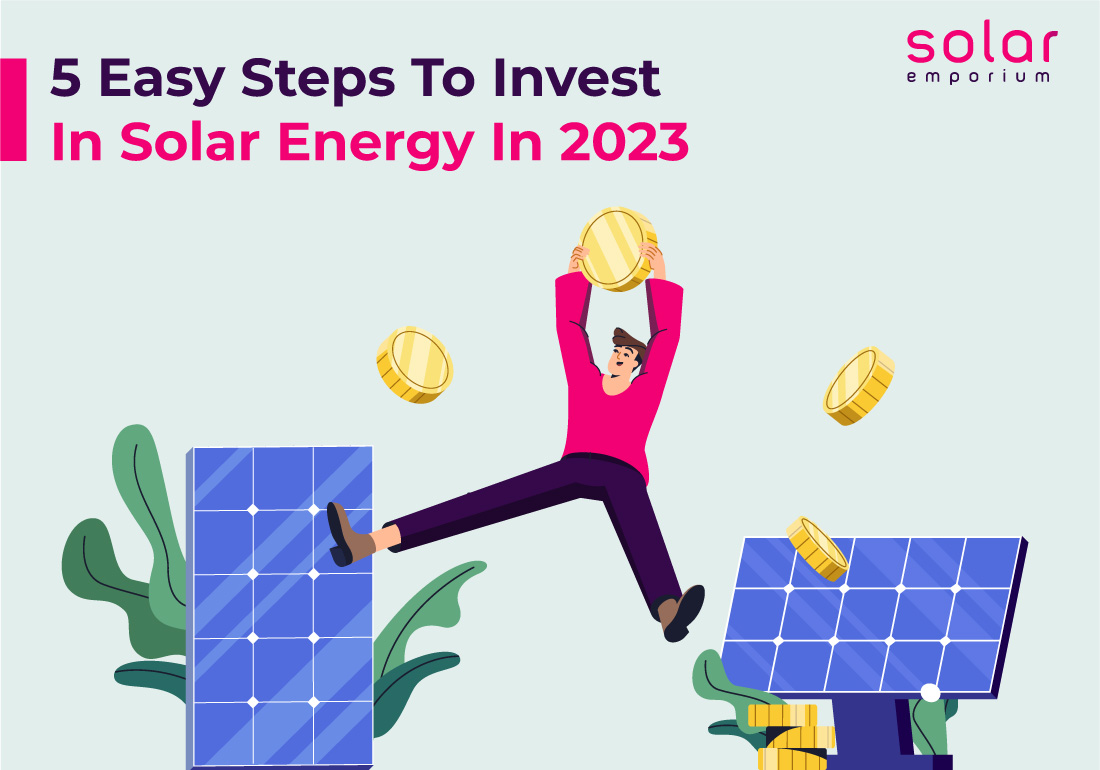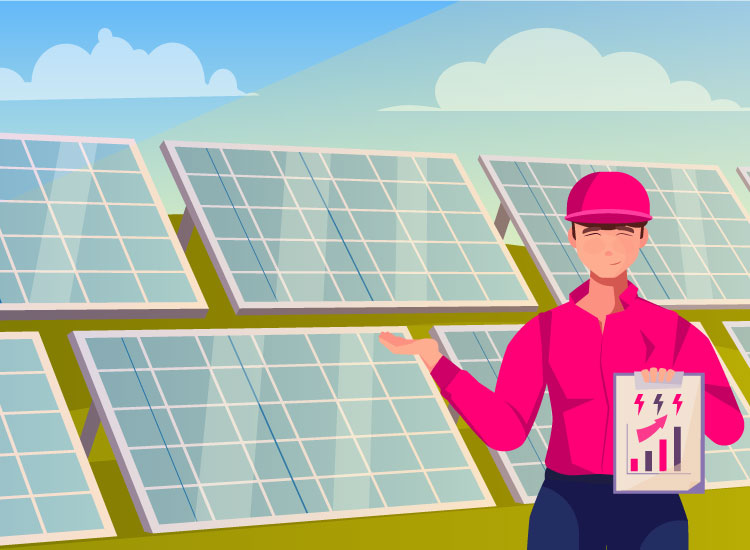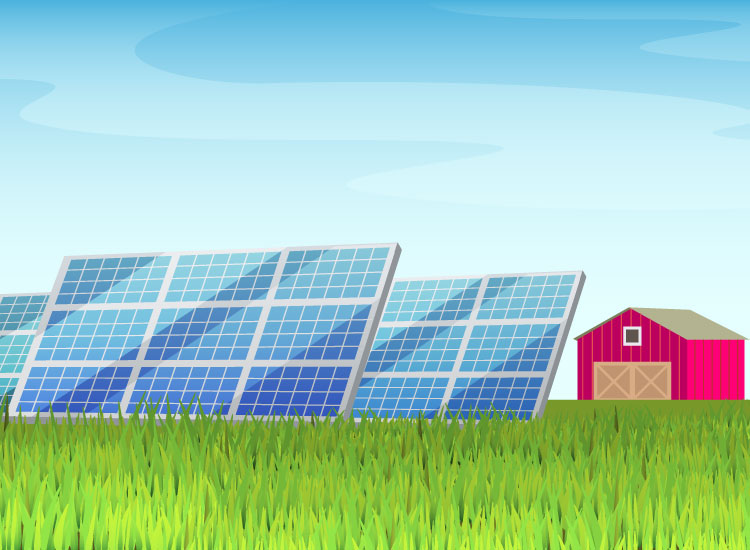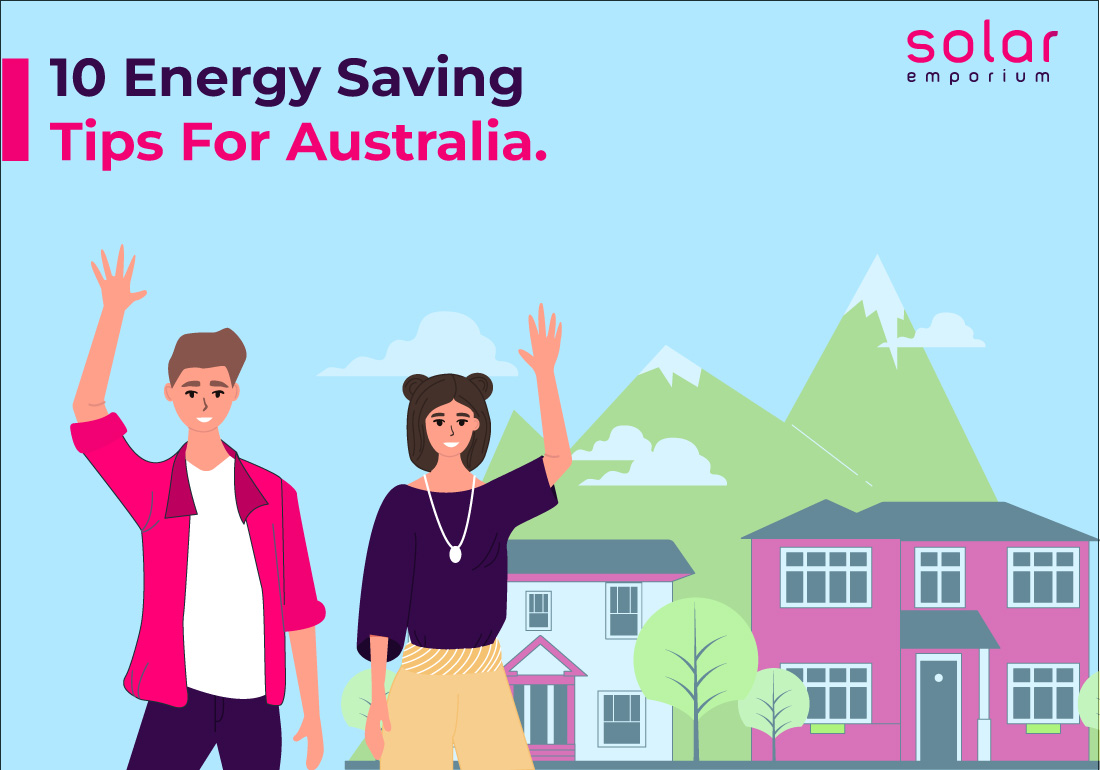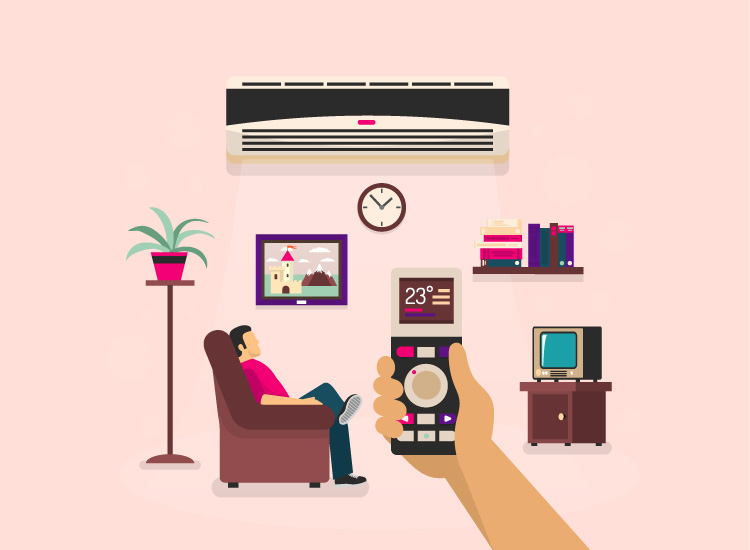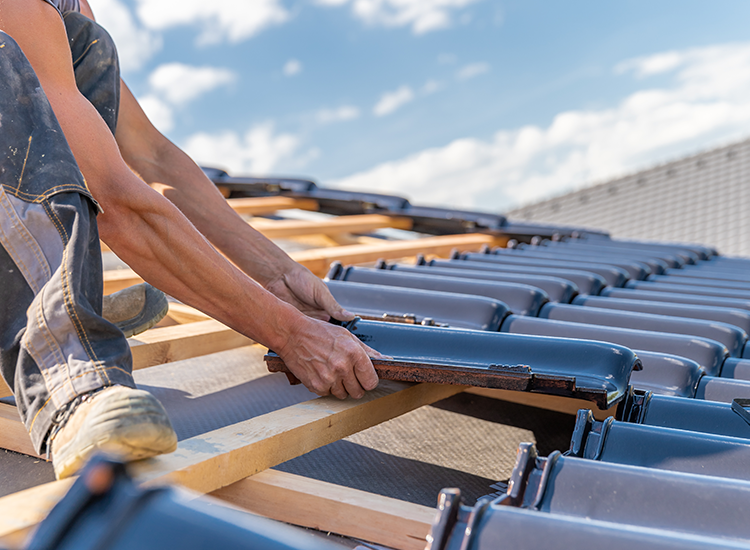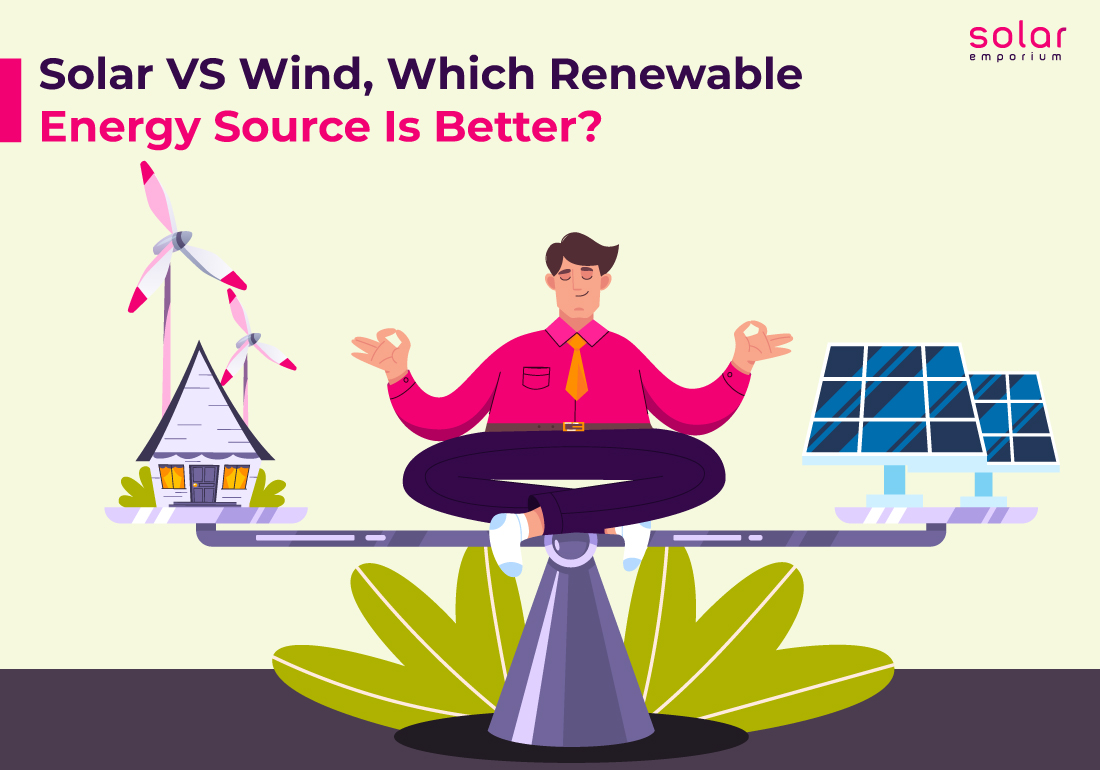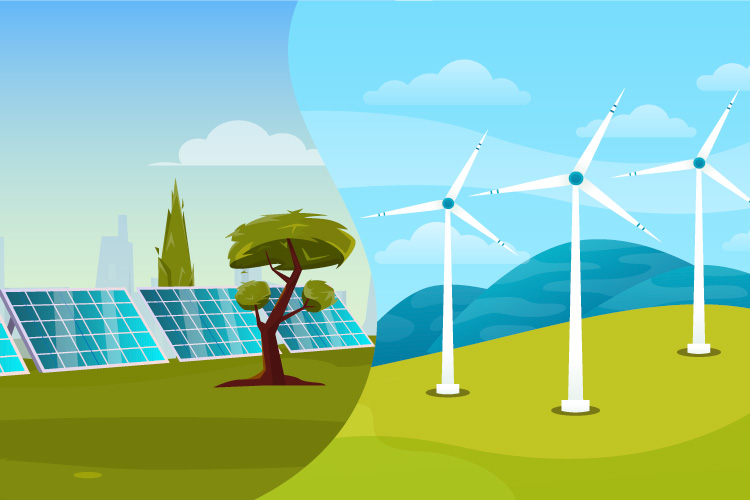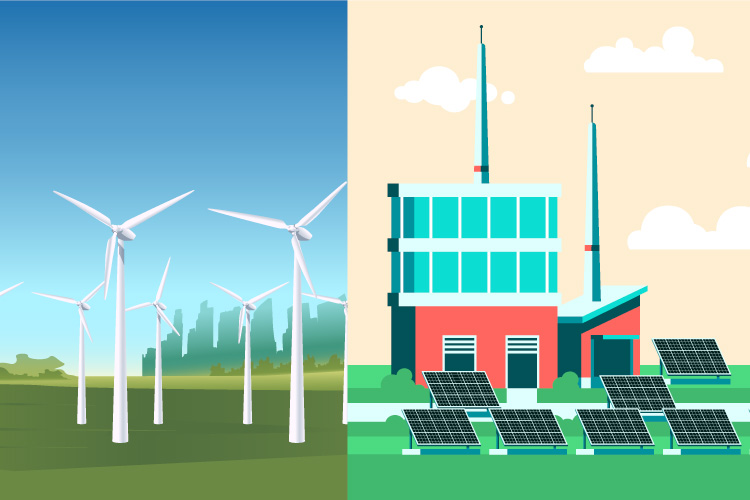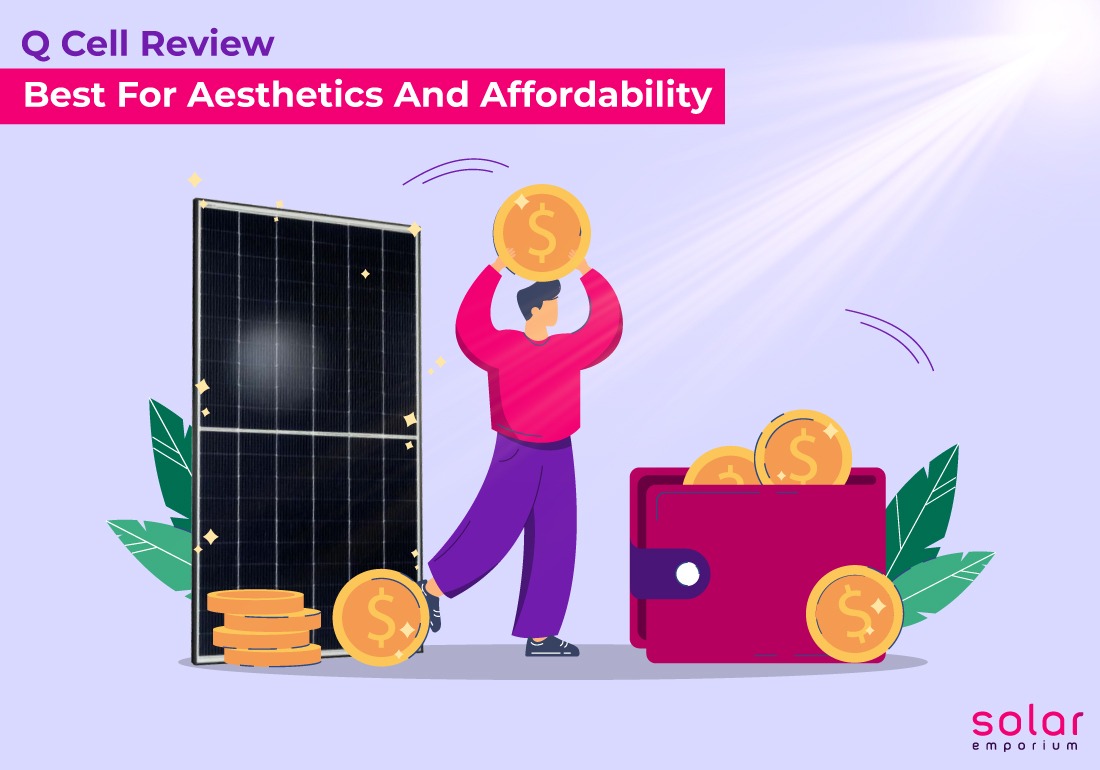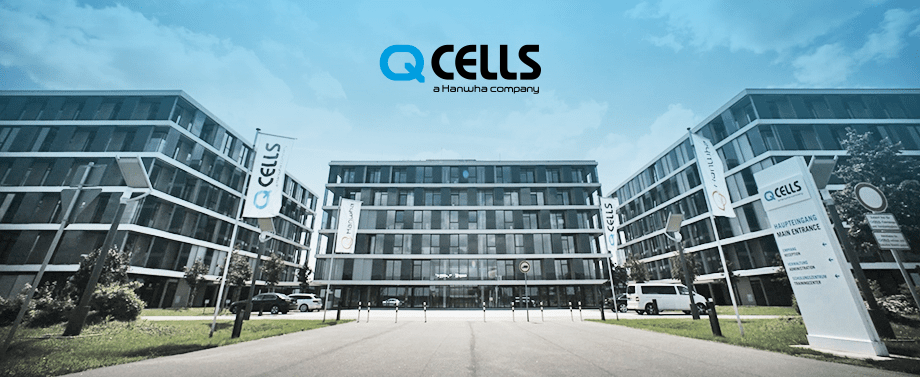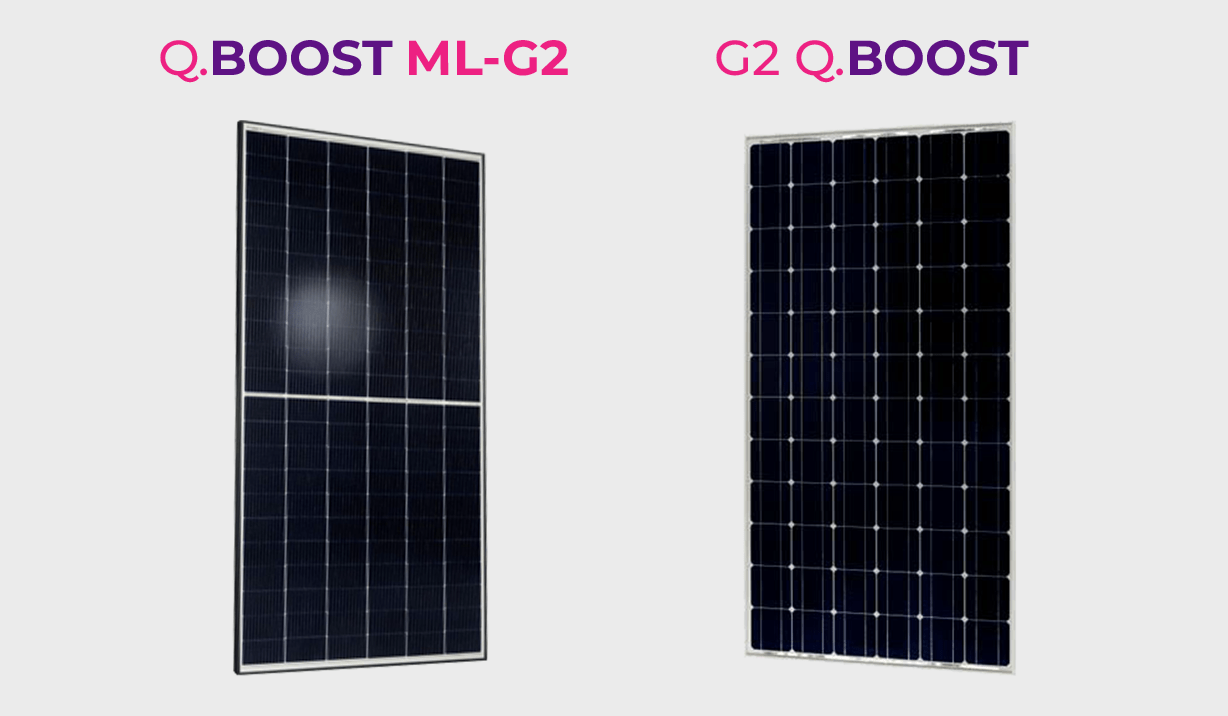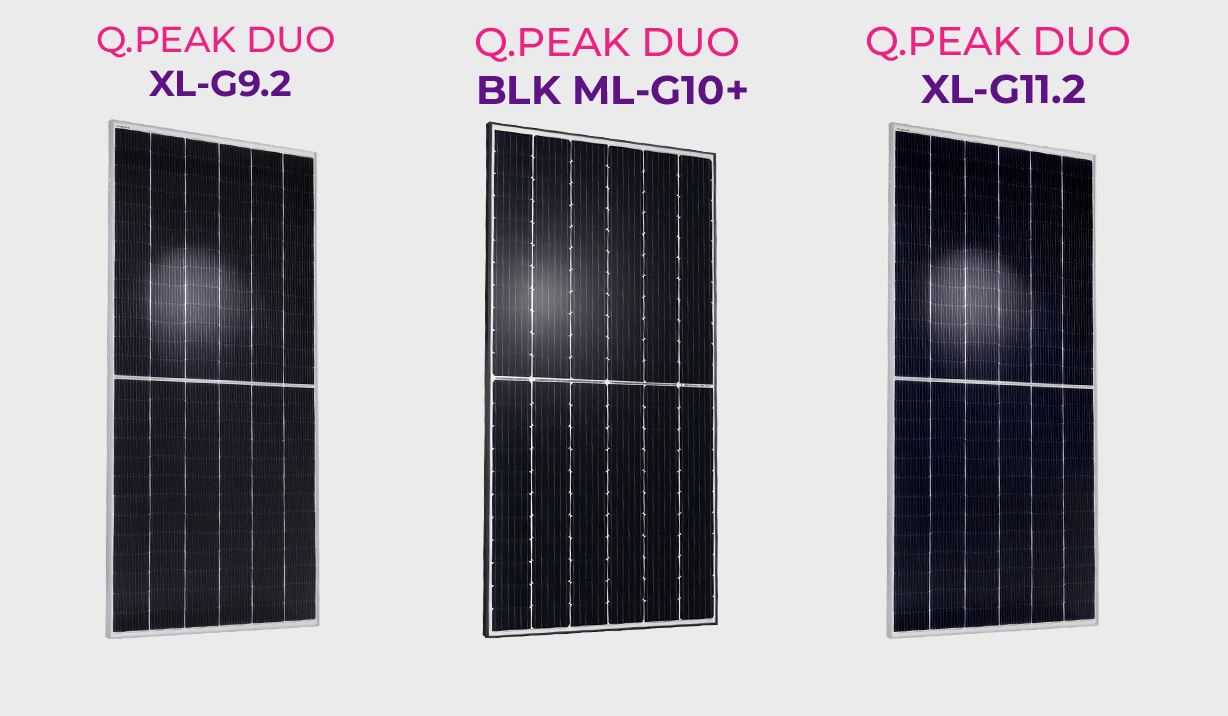The best time to make your home energy-efficient is right now. You don’t need to make expensive home improvements or buy all-new energy-efficient appliances. It is simple to reduce energy consumption without investing a lot of time or money.
In one of our recent blogs, we explained 10 energy-saving tips for Australia, including energy efficiency and energy-saving tips. But in this blog, we will talk about how to improve energy efficiency, specifically at home.
Going solar, insulating your home and switching to LEDs are the first steps toward energy efficiency at home. However, you can take other important steps to improve efficiency. So here are 14 ways to improve energy efficiency at home.
Many of our list’s steps are free or easy to apply. You can simply improve energy efficiency by lowering your home’s heating costs and electric bills. Like turning off lights, unplugging unused electrical appliances, running a full dishwasher load, and washing clothes in cold water.
Although, before going into the list, we must know about energy efficiency and conservation. Because when the ultimate goal is to reduce energy bills, we must leave no stone unturned.
So, What Exactly is Energy Efficiency?

It means using less energy to achieve a better output. Energy-efficient products may cost a little more upfront, but they can save you a lot more in the long run by allowing you to use less energy to power the same basic household products. This article will discuss ways to be more energy-efficient and better at energy conservation.
What About Energy Conservation?
Energy conservation means using less energy to save money and reduce environmental impact. This can include using less electricity, gas, or any other type of energy that you pay for from your utility.
With our planet’s finite energy resources, actively conserving energy when possible, benefits both individuals and our larger energy systems.
There are numerous simple ways to save energy and money at home. Reduce your home’s energy consumption to help reduce carbon dioxide emissions and the natural resources used to power your home.
While commercial buildings can have a significant impact on energy consumption, there are numerous things you can do at home every day to conserve energy and be more energy efficient. So without further ado, let’s talk about improving efficiency at home.
Changed Behaviors
Changing your existing behavior regarding energy consumption should change. As a society, we need to rethink our level of awareness about fossil fuels. Only then can we achieve energy efficiency properly.
Energy Audit
An energy audit is important to determine average energy usage and how much you need to cut down. Contact Solar Emporium for further assistance in getting an energy audit.
Use The Sun For Free
Using the sun is for more than just solar panels. You can use the sun’s infinite energy to heat and light your house. And that can be the best practice for energy conservation. Most importantly, the sun’s power is free and infinite!
Get Energy Efficient Smart Appliances
Getting smart appliances is essential, as they save energy while providing you with all the technologically advanced services. Get in touch with Smart lifestyle Australia for better and smart products.
Plan As Many Trees As Possible
Planting trees around your house has no alternative. It is the most age-old system to become more energy efficient and save energy. Trees can provide you with shade and proper wind flow for the house.
Updated HVAC System
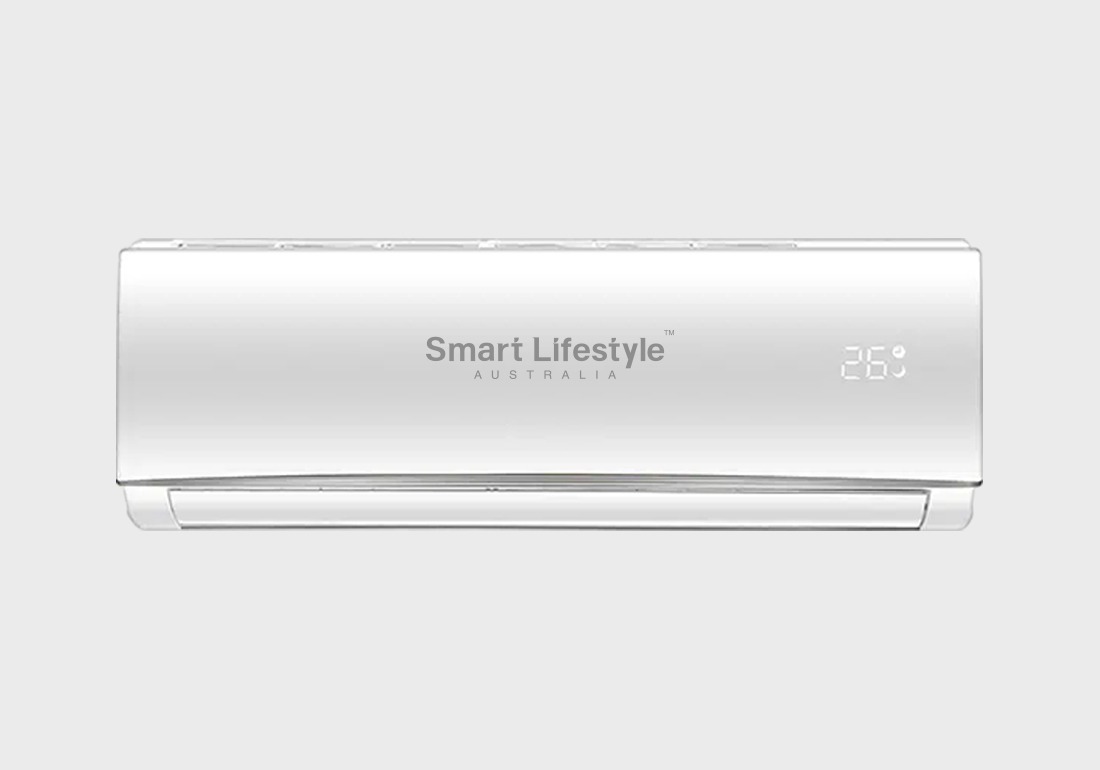
What is an HVAC system? HVAC stands for heating, ventilating and air-conditioning. Your house needs an upgraded HVAC system for better energy efficiency. It will save you on energy bills and serve you with proper heat, airflow, and conditioning.
Use Cold Water To Wash Clothes
Continuous use of hot water to wash clothes can waste resources. At the same time, it will keep piling up your energy bills. Cold water is also effective, and it won’t increase your bills.
Seal Your House and Windows
Sealing your house and windows will maintain the heat properly. Heat won’t be out; therefore, you can adjust the thermostat to an ideal setting and improve energy efficiency.
Use Ceiling Fans
Using ceiling fans is a better choice to control your energy bill.
Clean/Fix filters
Keeping your air filters clean is very important. Unclean filters disrupt air flow most of the time. And then, you may have to change the temperature accordingly. That will later reflect on your bills.
Purchase Smart Heat Pump
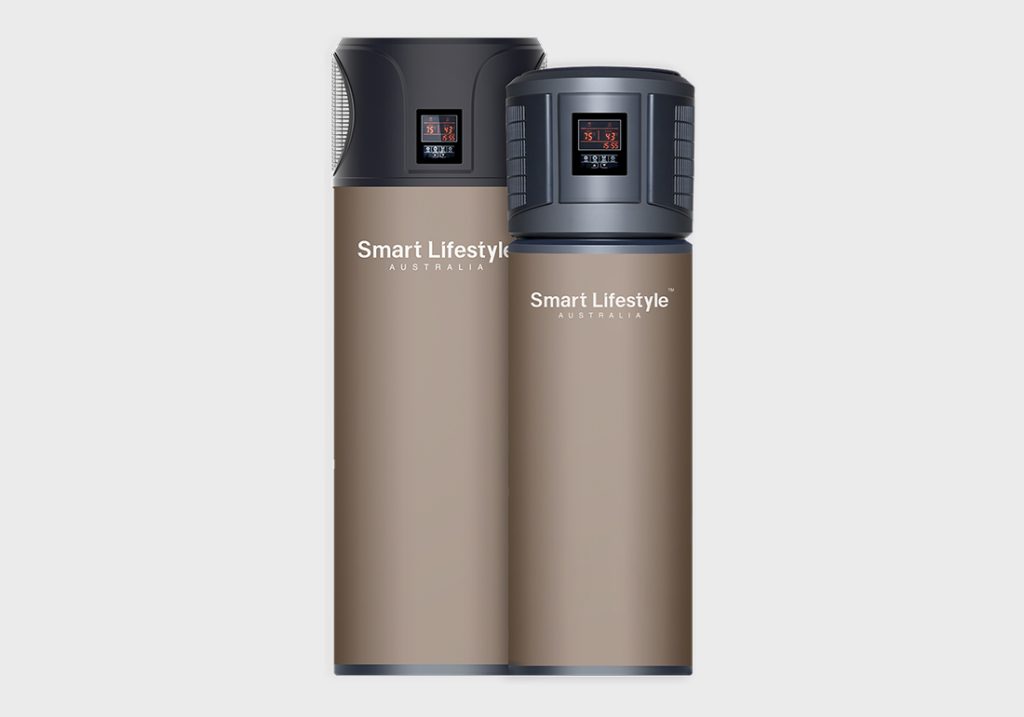
Purchasing a smart heat pump will solve your hot water problem entirely. Our smart heat pumps are designed for your ultimate comfort and budget. So, enjoy hot water within a budget and promote environmentally conscious decisions.
Energy Monitoring
Energy Audit can provide you with an overall energy report for your home. But getting an energy monitor for your house will give you every update you need. So that you can be more aware of your energy situation.
Why Should We Save Energy in the First Place?
Energy conservation is significant and beneficial for a variety of reasons. Simple energy-saving measures can help you save money, increase the value of your home, and protect the environment.
These are excellent advantages to conserving energy, regardless of your initial motivation. By taking a small step toward a more energy-conscious lifestyle, you can reap the benefits of being energy efficient.
Find an Energy-efficient Mortgage
Although this market only represents a small portion of the home loan market, products from select lenders reward customers who purchase energy-efficient homes or make environmentally friendly renovations with lower interest rates and fees. These mortgages will definitely help you improve energy efficiency at home.
